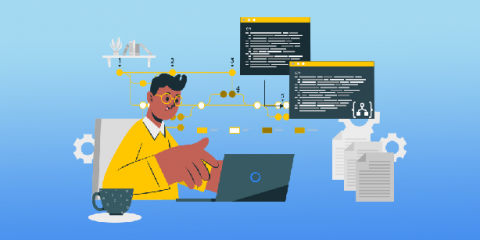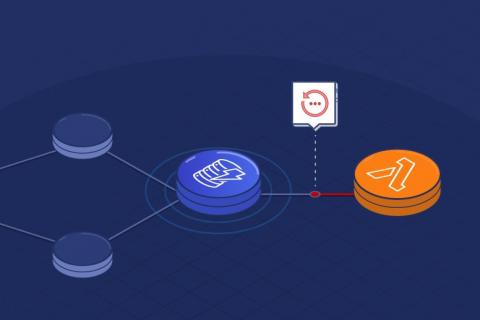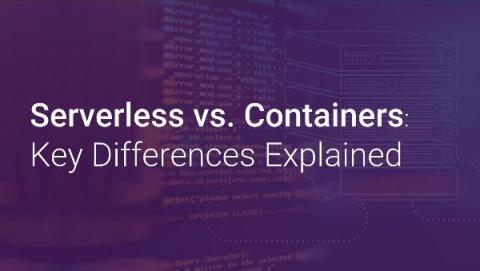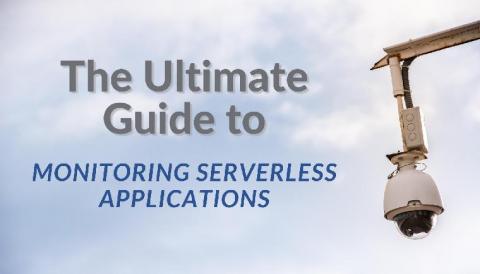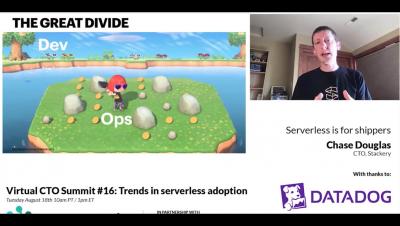The Complete AWS Lambda Handbook for Beginners (Part 1)
Welcome to the Serverless world. One of the first things you’ll hear about is AWS Lambda - and you’ll continue to keep hearing about it! While architecture can be serverless without Lambdas involved, it’s very often the key component within a serverless application. In the first post of this 3-part AWS Lambda Handbook series, we run through what is AWS Lambda, dialling back to basics with the various terminology, how to create a Lambda function and how to run it.






